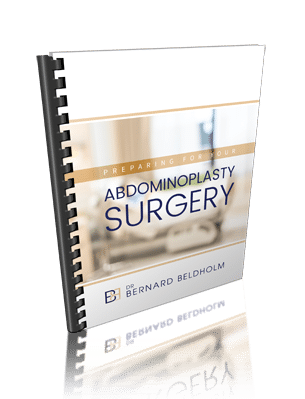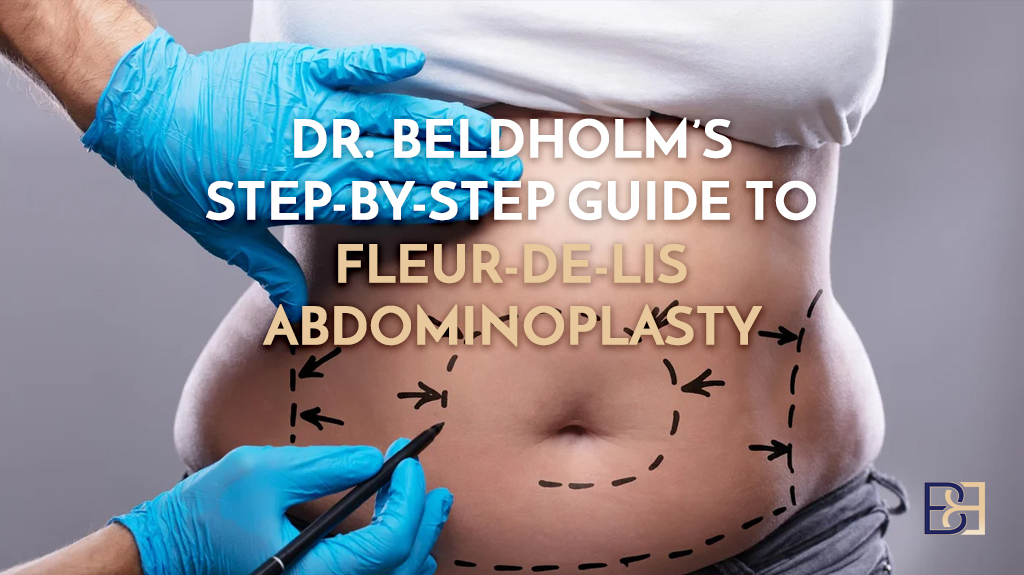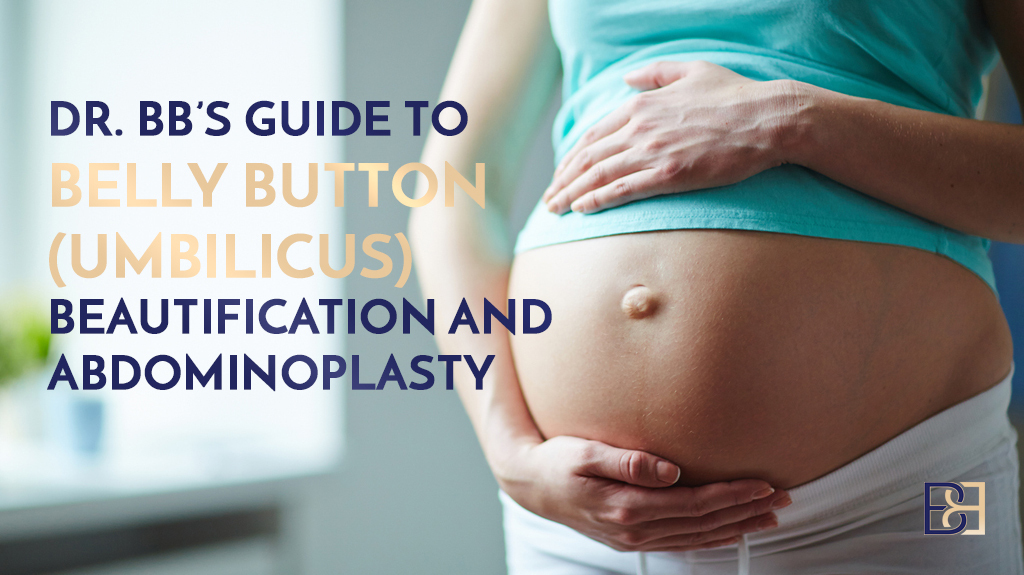Is abdominoplasty considered cosmetic surgery? Yes, it is. However, it can also be considered medical and reconstructive. Abdominoplasty, commonly known as a tummy tuck, aims to ** the appearance of the abdomen and repair diastasis recti. The procedure involves removing excess fat and skin and tightening the muscles. It’s not just about aesthetics. This article will explore when this procedure might offer medical benefits and the factors that may influence private insurance coverage.
Key Takeaways
- Abdominoplasty, or tummy tuck, is primarily a cosmetic surgery aimed at improving the abdominal area, but it also has important medical benefits like reducing back pain and urinary incontinence.
- While it can be considered cosmetic, there are cases where insurance might cover abdominoplasty, especially if it’s deemed medically necessary for correcting conditions like loose skin post-weight loss.
- Recovery from abdominoplasty requires patience, with restrictions on physical activities for several weeks, and maintaining a stable weight post-surgery is crucial for long-term results.
Understanding Abdominoplasty

Disclaimer: Operation performed by Dr Bernard Beldholm. Adult content, surgery has risks; individual results vary, seek 2nd opinion. Please see the full disclaimer.
Book your appointment online now
Abdominoplasty, often referred to as a tummy tuck, is a cosmetic surgical procedure aimed at removing excess fat and skin while tightening the abdominal muscles to ** the overall look of the abdominal area. The primary goal of this surgery is to achieve a flatter, firmer, and more aesthetically pleasing abdomen. Commonly, individuals consider this procedure after significant weight loss or pregnancy, both of which can lead to excess skin and separated abdominal muscles.
Dr Beldholm performs abdominoplasty to help patients ** their body image, including ** concerns such as stretch marks. The surgery eliminates ** skin and tightens underlying muscles, providing ** results that many find life-changing.
Distinguishing Cosmetic and Reconstructive Surgery
The world of plastic surgery is divided into two main branches: cosmetic surgery and reconstructive surgery. Cosmetic surgery focuses on enhancing the aesthetic appeal of a person, while reconstructive surgery aims to ** function and appearance due to deformities or injuries. The abdominoplasty procedure falls under cosmetic procedures, aimed primarily at improving the abdominal profile and ** **.
However, the line between cosmetic and reconstructive surgery can sometimes blur. Both types of surgeries share similar techniques and goals, such as the removal of excess skin and the reconstruction of separated muscles. For instance, a tummy tuck might also ** functional issues like weakened abdominal muscles or structural defects, combining both cosmetic and reconstructive elements.
A critical distinction lies in insurance coverage. Reconstructive procedures are often deemed medically necessary and may be covered by insurance, whereas cosmetic procedures are usually not considered essential and thus are not covered. These differences impact both the financial and medical aspects of the procedure, which is crucial for potential patients to understand.
Medical Benefits of Abdominoplasty
Beyond its cosmetic appeal, abdominoplasty offers several medical benefits that can significantly ** a person’s quality of life.
Stress Urinary Incontinence (SUI) and Abdominoplasty Surgery
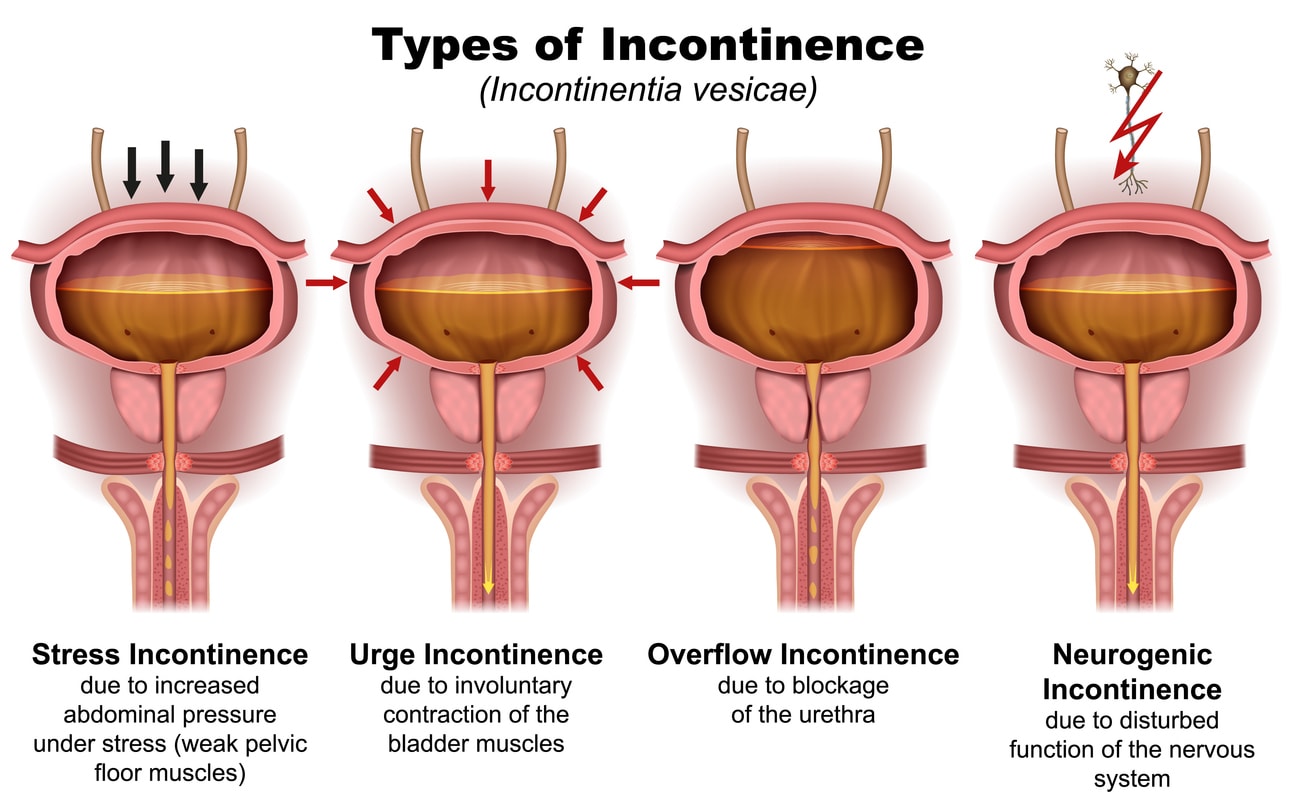
If you’re considering an abdominoplasty (tummy tuck) and also experience stress urinary incontinence (SUI), you might wonder how the procedure could impact your condition. Data (Ref 1) offers some insights into the potential benefits and limitations of abdominoplasty for patients dealing with SUI. Here’s what the research reveals:
Key Findings on Abdominoplasty and SUI (ref 1)
- Overall Improvement in SUI Symptoms
- Among patients who underwent abdominoplasty, 60% of those with preoperative SUI reported an ** in their symptoms post-surgery.
- Of these, 53.3% noted that their symptoms were “much better,” while 46.7% saw more modest **.
- Long-Term Symptom Relief
- For patients who did experience symptom relief, 73.3% reported long-term, indefinite relief from their SUI symptoms, with the average duration of relief being 5.9 years.
- Additionally, 60% of these patients stated that they were “not at all” bothered by their SUI symptoms after the procedure.
- Impact Based on Severity of Preoperative SUI
- Patients with more severe SUI before surgery seemed to benefit more from abdominoplasty. Specifically, 80% of those with severe SUI experienced ** in their symptoms post-surgery.
- In contrast, only 40% of patients with mild SUI reported any **, indicating that the procedure may be more effective for individuals with more pronounced incontinence.
- Cases Without Improvement
- On the flip side, 40% of patients with preoperative SUI saw no ** after abdominoplasty.
- Among these, 35% reported that their symptoms worsened post-surgery, while 65% noticed no change at all.
- Those who experienced worsening symptoms included one patient who had a mini abdominoplasty without rectus plication and six patients who underwent a full abdominoplasty with rectus plication (a surgical technique to tighten abdominal muscles).
- Need for Additional Treatment
- Two patients who did not experience any ** post-abdominoplasty went on to have urologic surgery in an attempt to resolve their SUI.
- Impact of Previous Cesarean Section
- Interestingly, women who had previously undergone at least one cesarean section were significantly less likely to report ** in their SUI symptoms. Only 38.5% of these women saw ** compared to 61.5% of those without a cesarean section history.
Back Pain and Abdominoplasty Surgery
Another significant advantage is the reduction of back pain, which often accompanies significant weight loss or pregnancy. A tummy tuck strengthens the abdominal muscles, providing essential support to the spine, reducing back pain, and improving posture. Studies show that approximately 51% of women experienced moderate to severe back pain before surgery, which significantly ** post-procedure, with only 9% reporting moderate pain six months later.

A recent study (ref 2) of 30 participants, primarily female (28 women, 2 men), demonstrated significant ** in back pain following abdominoplasty (tummy tuck) with muscle plication. The average Roland-Morris Questionnaire (RMQ) score for back pain dropped from 2.94 to 0.44, a statistically significant reduction (P < 0.001). For female participants, the average RMQ dropped from 3.11 to 0.47, while both male participants reported complete relief from back pain.
Women who had given birth experienced greater **, with uniparous (one child) women showing a decrease in RMQ from 5.5 to 0.5, and multiparous (multiple children) women seeing a drop from 3.3 to 0.5. Those with a history of C-section delivery also had significant reductions in back pain. While most participants reported **, 4 subjects noted an increase in back pain post-surgery, and 7 who had no preoperative pain reported no change. Overall, the findings indicate that abdominoplasty with plication can be highly effective in reducing back pain for most patients.

Additionally, tightening the abdominal muscles during abdominoplasty can ** overall functional **, such as better spinal support and an ** for postpartum women. These medical benefits make abdominoplasty not just a cosmetic surgical procedure but also a potential pathway to ** physical health and comfort.
When Insurance may Cover Abdominoplasty

There are two categories of patients who can obtain an MBS item number, making them eligible to use their private health insurance to cover their abdominoplasty.
The first category includes individuals who have experienced significant muscle separation and related symptoms post-pregnancy. This often involves the condition known as diastasis recti, where the abdominal muscles have separated due to the stretching of the abdominal wall during pregnancy. Symptoms can include back pain, urinary incontinence, and a noticeable bulge in the abdomen. For these patients, abdominoplasty can help by tightening the muscles and removing excess skin, thus improving both function and appearance.

The second category consists of those who have undergone substantial weight loss. After losing a significant amount of weight, many individuals are left with excess skin and weakened abdominal muscles. This can lead to issues such as skin irritation, infections, and difficulty in maintaining hygiene. Abdominoplasty in these cases can remove the excess skin and tighten the muscles, providing relief from these problems and enhancing the overall body contour.

In both scenarios, obtaining an MBS item number requires meeting specific medical criteria and involves a referral from a General Practitioner to establish the medical necessity of the procedure. This can lead to Medicare rebates and make the surgery more financially accessible.
Risks and Complications
Like any major surgery, abdominoplasty carries several risks and potential complications. These include common surgical risks such as blood clots, infection, and poor wound healing. One particular complication is seroma, a fluid buildup under the skin that can occur post-surgery. Sharing a complete medical history with the surgeon helps mitigate these risks.
Abdominoplasty carries several risks and potential complications, including:
- Blood clots
- Infection
- Poor wound healing
- Seroma (a fluid buildup under the skin that can occur post-surgery)
Find out more about the risks in this article: “It’s Complicated: The Patient’s Complete Guide to Abdominoplasty Risks“
Long-term Results and Maintenance

Abdominoplasty does not prevent future weight gain, so maintaining a stable weight post-surgery is crucial. Significant fluctuations in weight can diminish the positive outcome of a tummy tuck, so maintaining a healthy lifestyle is essential.
Sustaining the results requires a consistent exercise program, a balanced diet, and regular follow-up consultations with your medical practitioner. These steps help ensure long-term ** and preserve the benefits of the surgery.
Choosing the Right Surgeon
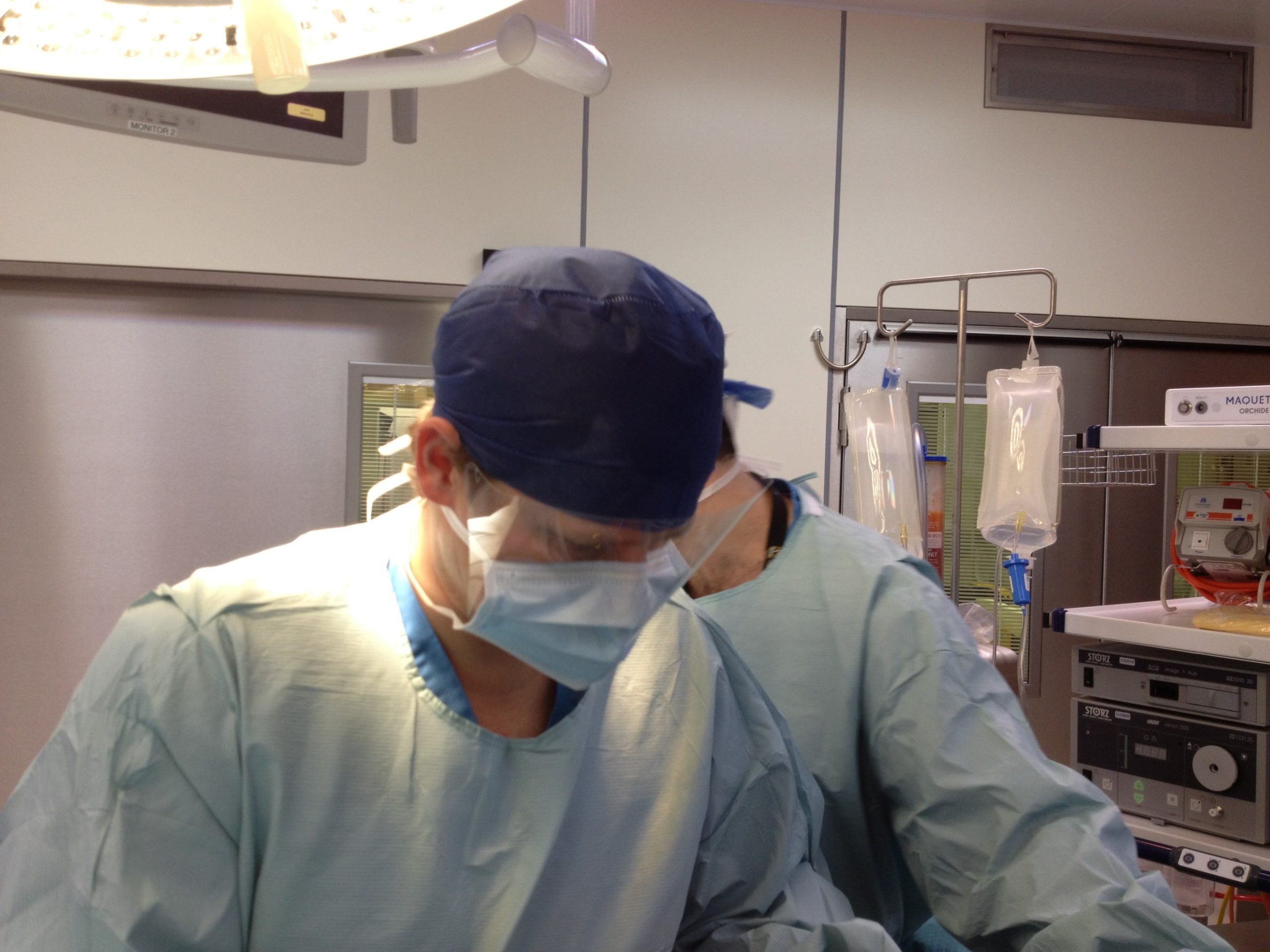
Choosing the right surgeon is one of the most important decisions when considering abdominoplasty. Verify the surgeon’s board certification in surgery to ensure they have the proper training and expertise. It’s essential to select a surgeon with significant experience in abdominoplasty to achieve the **.
Consultations with potential surgeons allow you to discuss your goals, concerns, and the specific techniques they use. Feeling comfortable and ** in a surgeon’s abilities is essential before proceeding with the surgery to ensure a successful outcome.
Dr Beldholm’s Final Thoughts
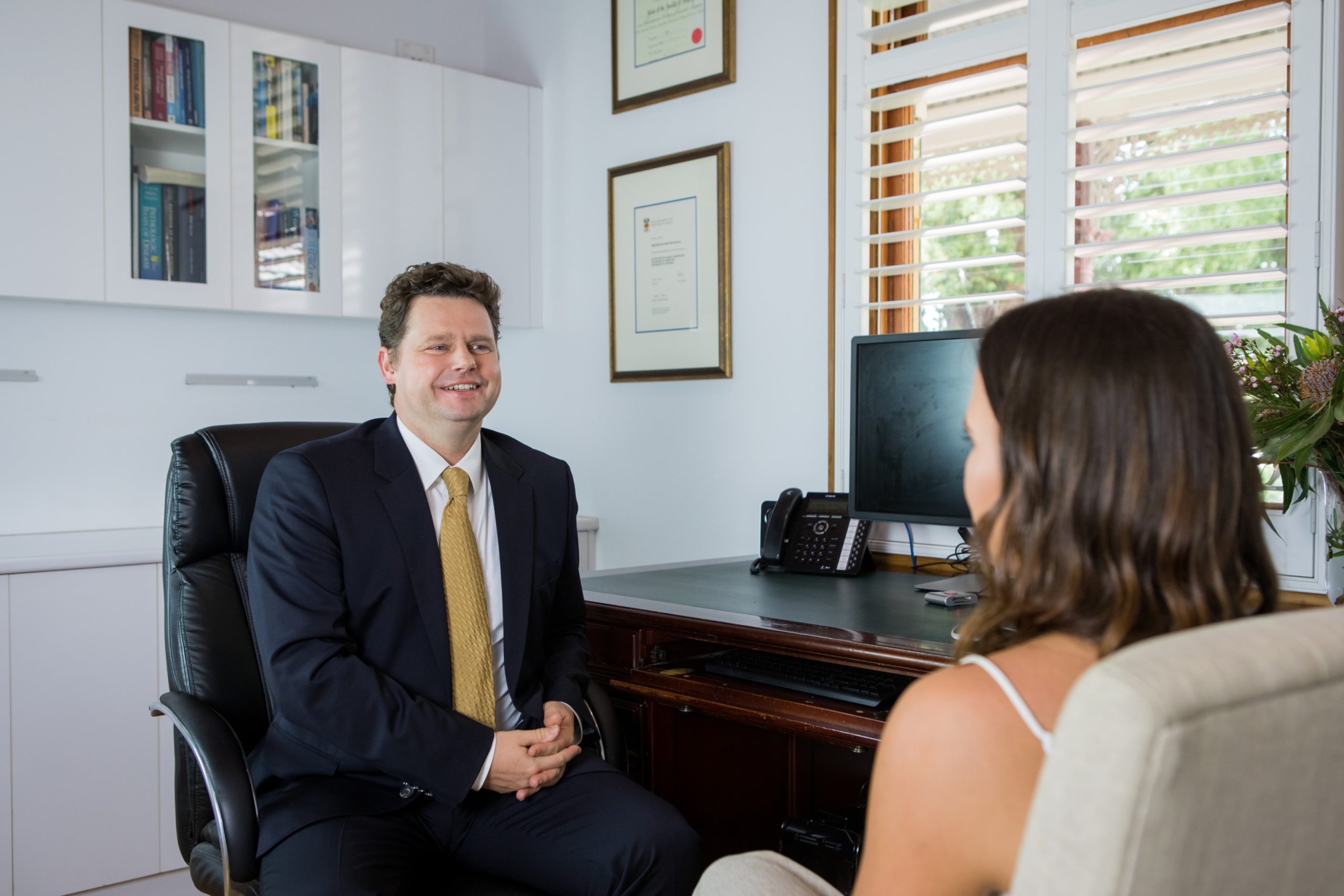
In conclusion, as a seasoned surgeon specializing in abdominoplasty, I can affirm that this procedure offers a unique blend of cosmetic and medical benefits. It’s not just about achieving a flatter, more toned abdomen; it’s also about improving one’s overall quality of life. Whether you’re dealing with excess skin post-weight loss, weakened abdominal muscles after pregnancy, or conditions like stress urinary incontinence and back pain, abdominoplasty can provide significant relief and **.
Choosing the right surgeon is paramount. Ensure that your surgeon is FRACS and has extensive experience in performing tummy tucks. A thorough consultation will help you understand the procedure, set realistic expectations, and prepare adequately for surgery.
With the right care and maintenance, the results of abdominoplasty can be truly life-changing. ** physical **t, ** body image, and increased ** are just a few of the incredible benefits that my patients have experienced. It’s a journey worth considering for those looking to make a positive change in their lives.
Book your appointment online now
Frequently Asked Questions
What are the primary benefits of abdominoplasty?
Getting an abdominoplasty can give you a flatter, firmer abdomen and ** your body image, plus it might help with back pain and stress urinary incontinence. So, if you’re looking for those perks, it could be worth considering!
Can insurance cover the cost of abdominoplasty?
Yes, insurance can cover abdominoplasty if it’s considered medically necessary, like after significant weight loss or to fix a ventral hernia. It’s best to check with your insurance provider for specifics.
What are the risks associated with abdominoplasty?
Abdominoplasty comes with risks like blood clots, infection, poor wound healing, and seromas. It’s essential to weigh these risks before going under the knife.
How long is the recovery process after a tummy tuck?
The recovery after a tummy tuck usually takes about six to eight weeks for regular activities, but you’ll be in compression garments for up to six months. Just remember to take it ** and follow your doctor’s advice for the best results!
How do I choose the right surgeon for my abdominoplasty?
Choosing the right surgeon for your abdominoplasty is key, so make sure to verify they are FRACS surgeons and check their experience. Trust your gut during consultations—it’s important to feel comfortable with your surgeon!
References
- Carruthers, K.H., Kocak, E., Hulsen, J.H. and McMahan, J.D., 2014. Improvement in stress urinary incontinence after abdominoplasty. Aesthetic Surgery Journal, 34(7), pp.1091-1098.
- Patel, S.D., Joo, A., Xu, J., Palic, A., Wood, J.J., Sirls, E.R., Tomczyk, E.G. and Rothkopf, D.M., 2023. Back Pain According to Roland-Morris Low Back Pain Scale After Abdominoplasty With Plication: A Prospective Case Series. Annals of Plastic Surgery, 90(6S), pp.S704-S706.

